The harmony of the imperial city is very important, but apparently not many people care about this part in China.
After the test data of the Intel Core i9-13900K appeared on the Geekbench webpage, some players on the Chinese Bilibili video website released a comparison video of the test data of the Intel Core i9-13900K processor and the Intel Core i9-12900KF without caring about the possible investigation by Intel.
According to the information mentioned in the video, this time the Intel Core i9-13900K belongs to the QS version, which is not much different from the retail version.
On the other hand, the Intel Core i9-13900K test data exposed by Geekbench earlier was also produced by the same person, who may have accidentally uploaded the data to the Geekbench website.
The test data exposed this time is quite complete, including CPU-Z, Cinebench R23, PugetBench, Blender, WinRAR, 7-Zip and 3DMark CPU Profile and other test items. As far as the information displayed by CPU-Z is concerned, the core voltage of the QS version of the Intel Core i9-13900K is set at 1.34V, and the 1.146V of the Intel Core i9-12900KF is quite different.

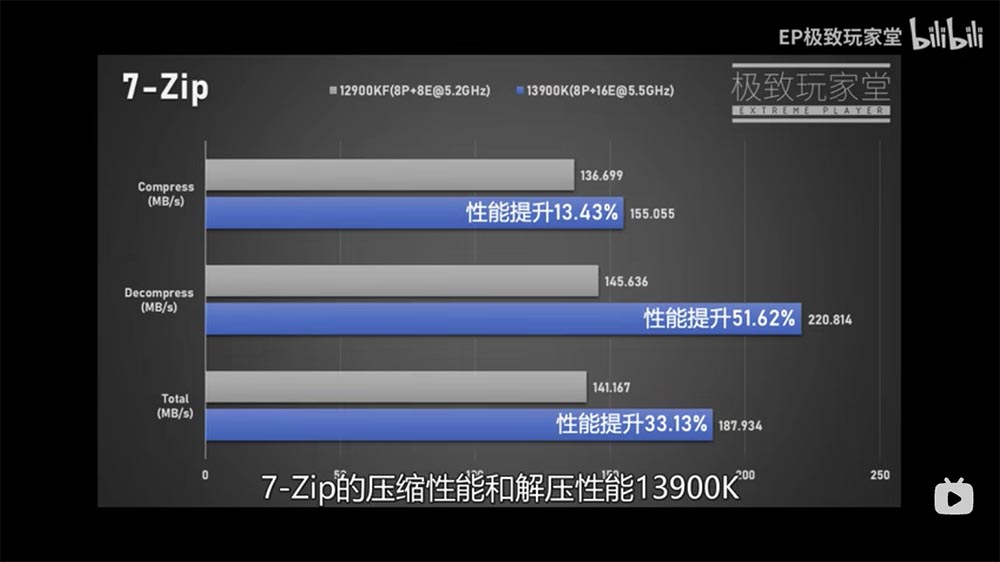
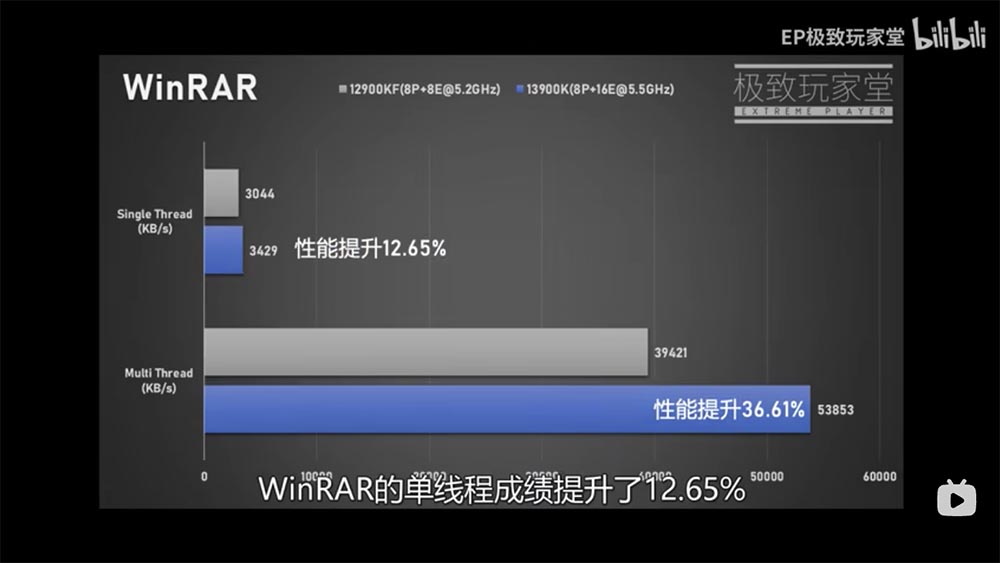
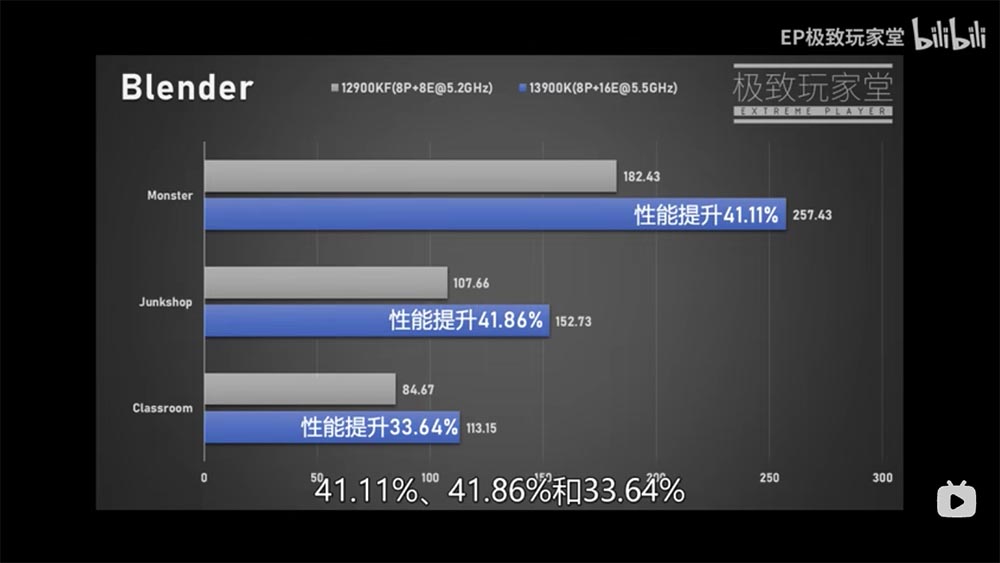
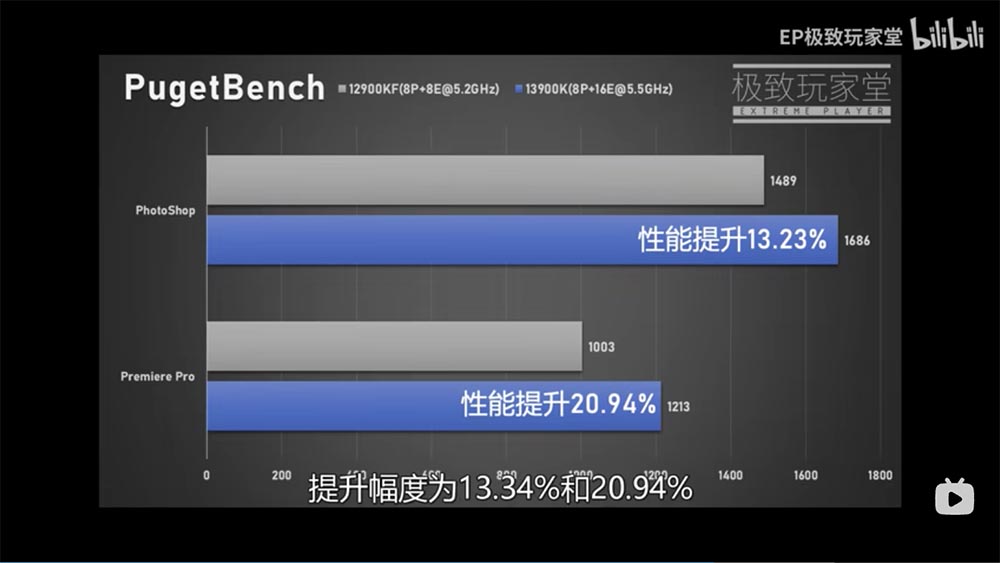
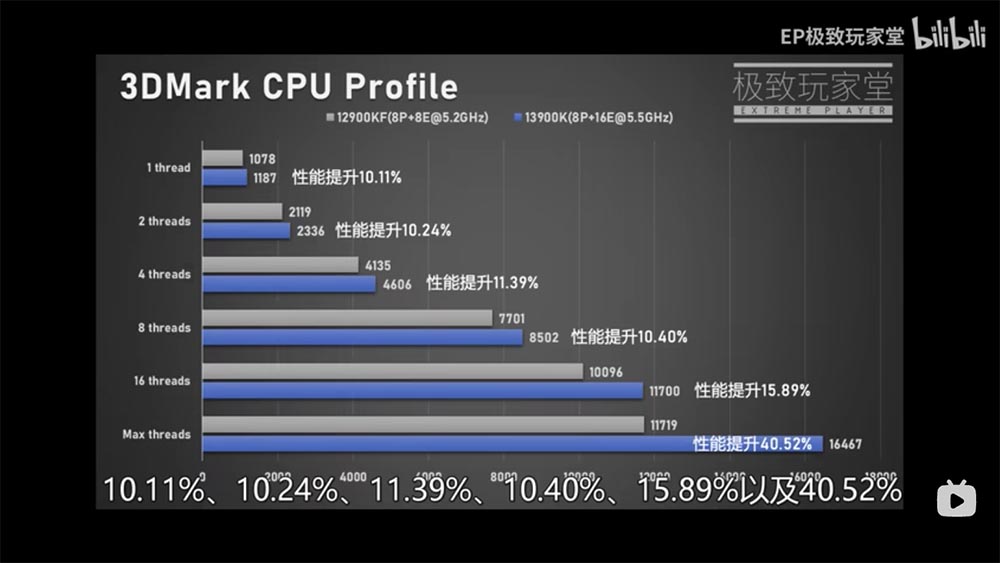

A very interesting test was also done in the video, that is, the Intel Core i9-13900K and the Intel Core i9-12900KF were tested and compared through CPU-Z’s Single Thread test under the same clock conditions.
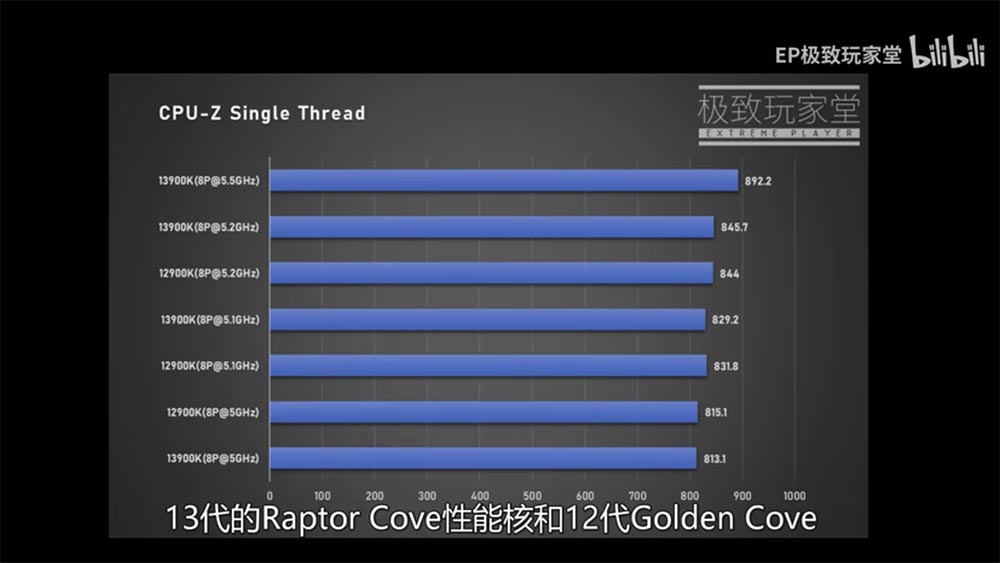
The Intel Core i9-13900K uses the Raptor Cove core in the Performance Core part, while the Intel Core i9-12900KF is the Golden Cove. Of course, there are some differences between the two, but the details still need to be announced by Intel at the press conference, or by fate People put information on the Internet.

As for the Intel XTU test, it can also be seen in the video, the PL2 part can reach up to about 280W, and the player also unlocked the Intel Core i9-13900K, so that the processor can reach the conditions of PL4, and the TDP at this time has reached 420W about. Based on such conditions, if the Intel Core i9-13900K is equipped with integrated water cooling, the 240mm radiator can basically be ignored, and a 280mm or 360mm solution must be selected to suppress it.
In general, PL4 is unlikely to be reached under normal usage conditions, but PL2 parts may be encountered frequently.
If this processor is indeed the QS version, then in principle, the performance of the processor that everyone buys will not be much different from the test data exposed this time, then the next step is how Intel will set the price.

